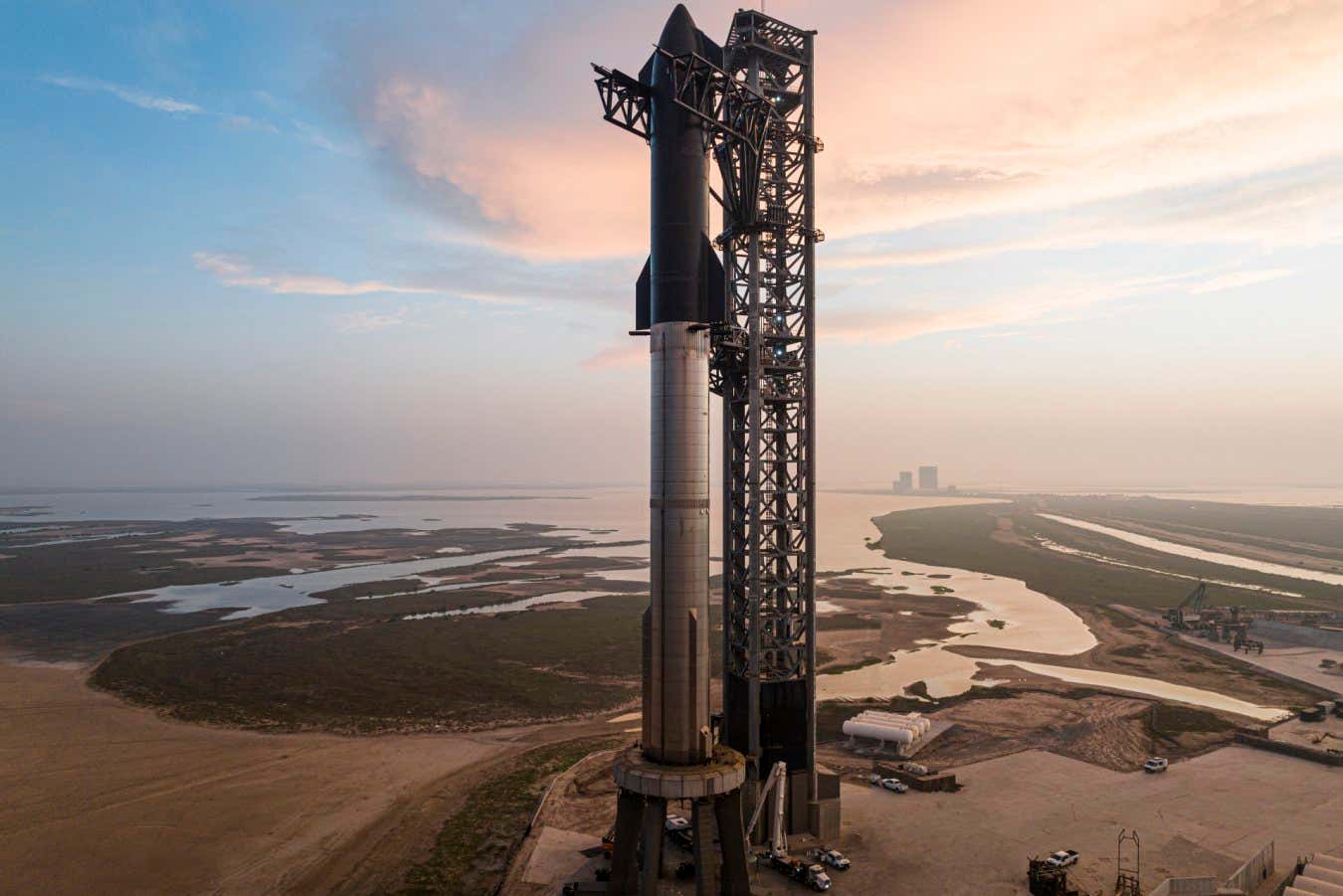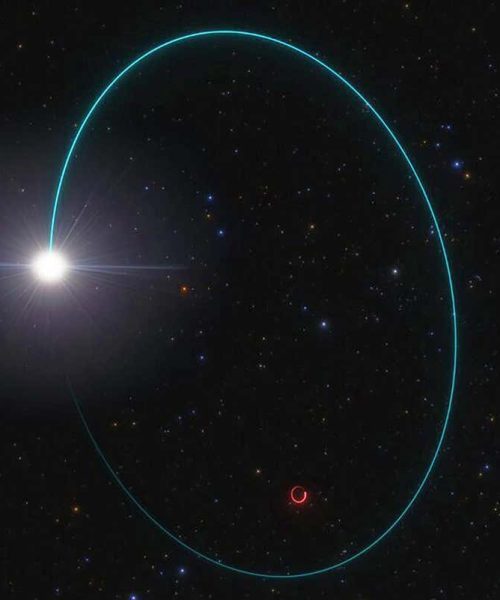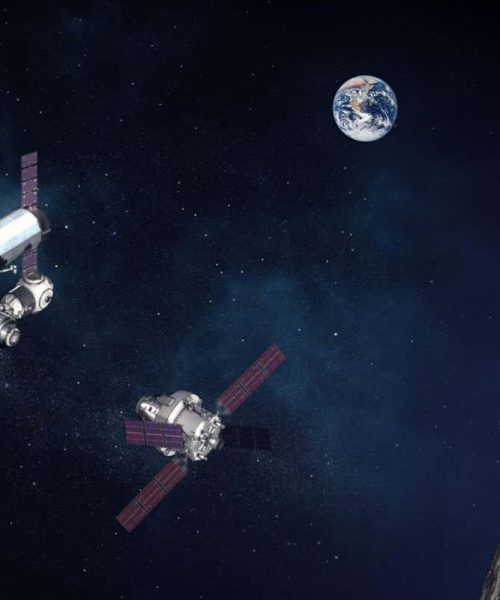
Watch the livestream of SpaceX’s second and latest attempt at launching the Starship rocket.
Elon Musk’s SpaceX is gearing up for its biggest launch yet, with the maiden flight of its Starship rocket. You can watch the launch streamed live above.
Advertisement
What time is the launch?
SpaceX is set to send its Starship rocket into near orbit for the first time at 1320 GMT today – that’s 1420 BST in the UK and 0820 CDT in Boca Chica, Texas, where it will lift off.
What is Starship?
The largest and most powerful rocket system ever built. SpaceX says it will eventually ferry astronauts to the moon and Mars, if all goes according to plan. It is 120 metres tall and once in operation will be fully reusable and able to transport up to 100 passengers.
Has Starship launched before?
The rocket has had a long, difficult history of development, such as scrubbed launches and failed landings. One in 2020 saw a smaller, prototype Starship engulfed in flames. This is the first test of both rocket stages together.
What will happen when Starship blasts off?
The rocket is made up of two stages — the first stage, which is powered by 33 Raptor engines, will detach around 3 minutes into the flight and float into the Gulf of Mexico using parachutes. The second stage, which contains the spacecraft that will eventually house astronauts, will continue and accelerate almost to orbital velocity until it reaches its own landing point in the ocean near Hawaii, around 90 minutes later.
Why is it landing in the ocean?
A splashdown is only planned for this particular launch. When operational, Starship’s first stage will have a controlled descent to be caught by large robotic arms attached to its launch tower. Its second stage will do a “belly flop” to use Earth’s atmosphere to slow down before orienting itself vertically and landing using its thrusters.
Could anything go wrong?
As with all rocket launches, success isn’t guaranteed — especially with a rocket as powerful as Starship. Its first stage will use 3400 tonnes of rocket fuel to power its Raptor engines, which should be able to lift more than 100 tonnes of payload into orbit. That’s much more than even the previous most powerful rocket, the Saturn V used for the lunar Apollo missions in the 1960 and 70s.
Topics:





